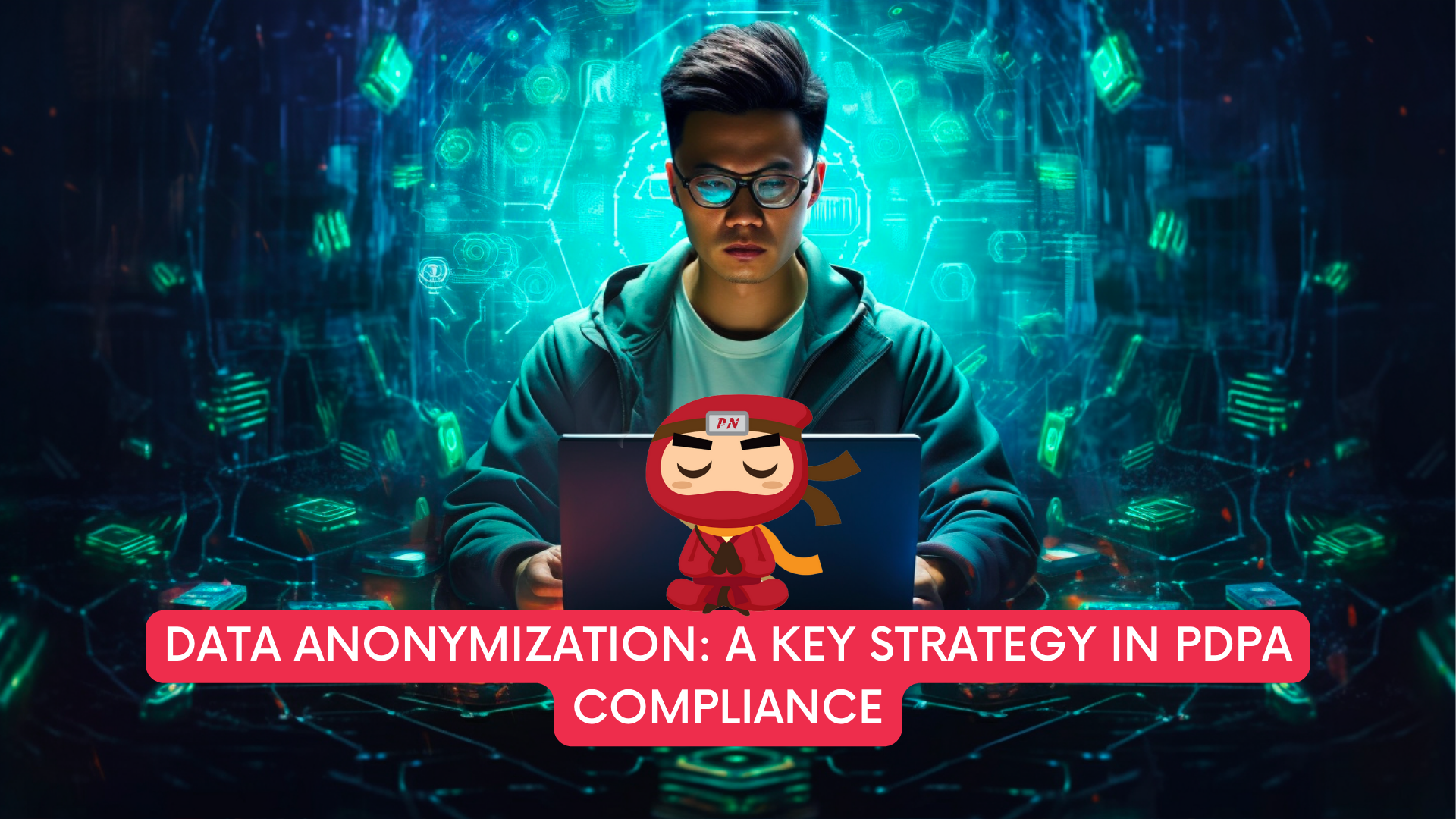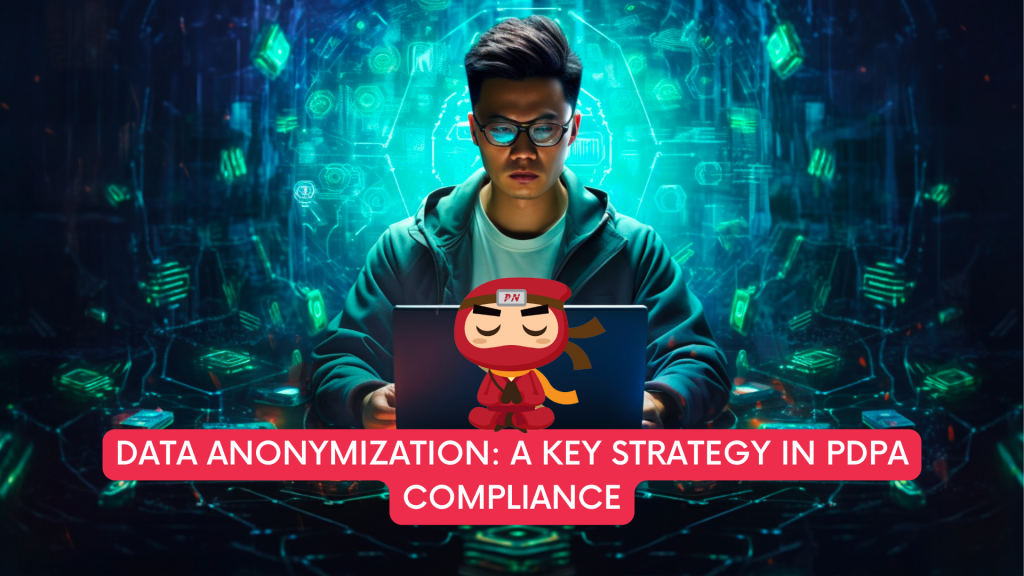KEEP IN TOUCH
Subscribe to our mailing list to get free tips on Data Protection and Cybersecurity updates weekly!







Personal Data Protection Act (PDPA) compliance has become a top priority for businesses worldwide, given the rapidly expanding digital landscape. A crucial aspect of this compliance is data anonymization, a technique that offers both protection for consumers and operational flexibility for businesses. This article will explore how data anonymization factors into PDPA compliance, its advantages, and best practices for implementing it in an organization.
The Personal Data Protection Act (PDPA) is a data protection law that mandates organizations to manage and protect personal data in their possession or control responsibly. It requires businesses to comply with its various obligations, such as mandatory appointment of a Data Protection Officer (DPO), to ensure the protection and privacy of personal data.
Data anonymization, on the other hand, is a process that irreversibly alters personal data, making it impossible to identify the individual to whom it belongs. Once anonymized, data is no longer considered personal data under many privacy laws, including the PDPA.
Anonymizing data is an effective strategy for PDPA compliance for the following reasons:
Risk Reduction
Anonymization reduces the risk of personal data breaches, as the data cannot be traced back to an individual. It thus helps in achieving compliance with the data protection obligations of PDPA.
Compliance with Data Minimization Principles
Data anonymization aligns with the data minimization principles outlined in PDPA, which require organizations to only collect, use, or disclose personal data necessary for the identified purpose.
Facilitating Data Use
Anonymization enables the continued use of data for analysis, research, and statistical purposes without infringing upon personal data protection rights. It thus facilitates the beneficial use of data while ensuring PDPA compliance.

Utilizing Robust Techniques
There are various anonymization techniques such as data masking, pseudonymization, and data aggregation. The choice of technique should ensure the effective anonymization of data, making it impossible to re-identify the individual.
Regular Reviews and Updates
Organizations should regularly review and update their anonymization processes to ensure that they continue to protect personal data effectively in the face of evolving technological capabilities.
Privacy by Design
Anonymization should be integrated into the design of systems and practices. This “privacy by design” approach ensures that privacy and data protection are integral to the system’s architecture.
Training and Awareness
Staff should be adequately trained and made aware of the importance of data anonymization and how to apply it correctly.
In conclusion, data anonymization plays a crucial role in PDPA compliance. By integrating robust data anonymization practices, organizations can mitigate privacy risks while unlocking the value of data for various purposes. It strikes a balance between data utility and privacy, enabling organizations to drive insights while respecting the privacy of individuals.

Your appointed DPO can work with you on your PDPA compliance, ensuring that there will be policies in place to make sure that the handling of personal data is PDPA compliant. This includes promptly responding to the PDPC with their queries to expedite the investigations and prevent a harsher penalty from the Commission.
A Data Protection Officer (DPO) oversees data protection responsibilities and ensures that organisations comply with the Personal Data Protection Act (PDPA). Furthermore, every Organization’s DPO should be able to curb any instances of PDPA noncompliance as it is the officer responsible for maintaining the positive posture of an organisation’s cybersecurity.
DPOs complement organisations’ efforts to ensure that the organisation’s methods of collecting personal data comply with the PDPA. It also ensures that policies are set in place to make sure that there will be no instances of data breaches in the future.
Don’t wait any longer to ensure your organisation is PDPA compliant. Take our free 3-minute PDPA Compliance Self-audit checklist now, the same “secret weapon” used by our clients to keep them on track. Upon completion, we will send you the results so you can take the necessary action to protect your customers’ data. Complete the free assessment checklist today and take the first step towards protecting your customers’ personal data.